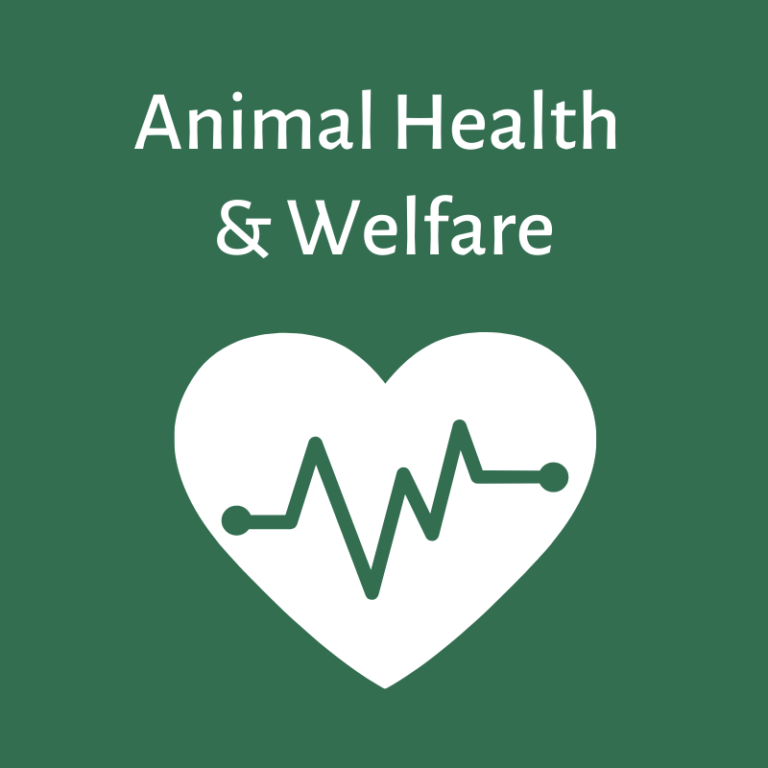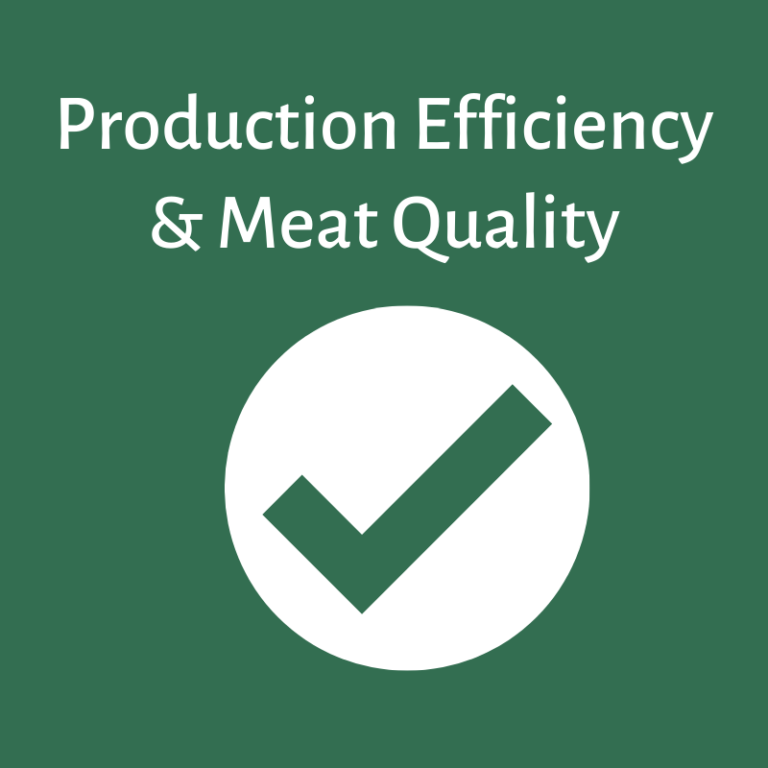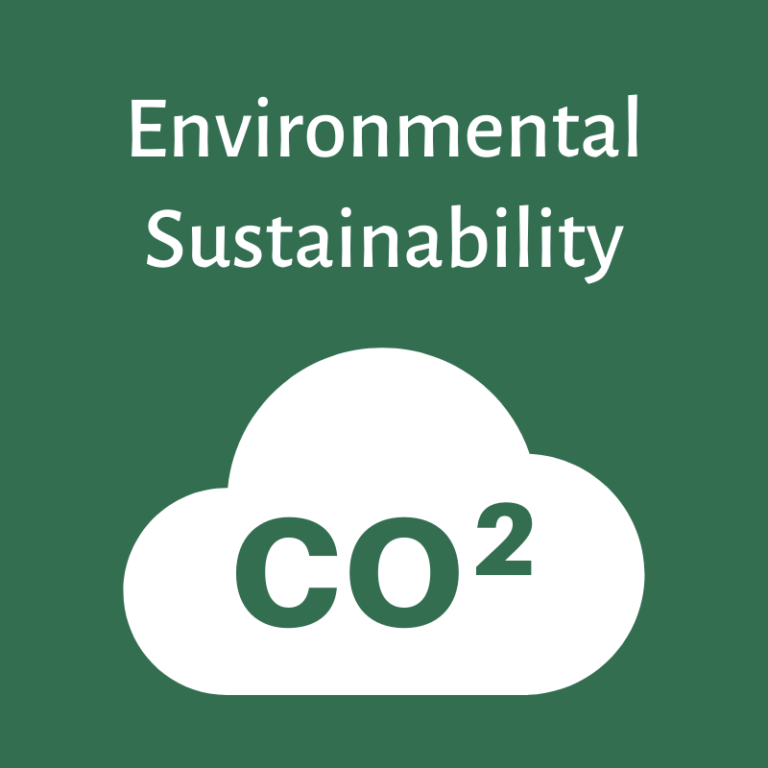Oxidations are commonly occurring processes that cause deterioration, shortening the shelflife of meat and meat products, and producing adverse changes in meat odour and colour, texture, flavour, nutritive value, and possibly resulting in the production of toxic compounds. Therefore, the oxidation of the meat affects its commercial value. The rate of oxidation depends on several factors, such as the storage conditions of the meat, but on the farm, it can be influenced by the antioxidants present in animal feeding.
Furthermore, the effect of including antioxidants in the diet can be more effective than post-mortem addition (Mitsumoto et al. 2000) and consumers might accept better meat with higher content of natural antioxidants rather than meat with added artificial antioxidants. In the figure below are shown beef steaks after 17 days of cold storage from animal fed supranutritional levels of vitamin E (V1) or a control diet (C1).
 Figure: Meat maintains its colour due to dietary vitamin E: V1 (with Vitamin E); C1 (control). Source: Christa Nutrition.
Figure: Meat maintains its colour due to dietary vitamin E: V1 (with Vitamin E); C1 (control). Source: Christa Nutrition.Antioxidants exist naturally in plant-based feeds. Grazing animals have access these natural antioxidants, such as vitamin E (tocopherols), vitamin C (ascorbic acid) and vitamin A (retinol), carotenoids and several phenolic compounds. However, in intensive finished cattle, the amount of natural antioxidants in the diet is usually lower. That is why it is recommended to include extra-nutritional levels of antioxidants, such as vitamin E, since it can increase the concentration of α-tocopherol in the meat and consequently reducing their susceptibility to oxidative processes. Early American studies on feedlot raised beef, suggested that 3.1-4.5 μg α-tocopherol per g of loin muscle gives optimum results in colour and lipid oxidation stability.
Plant extracts, essential oils, herbs and spices high in phenolic compounds, such as oregano (Origanum vulgare), rosemary (Rosmarinus officinalis) and sage (Salvia officinalis) from the Lamiaceae family have been reported as having antioxidant capacity, but their application in the industry is still limited due to the lack of sufficient data about their efficiency and safety in different amounts and products.
In one study, a mixture of plant extracts rich in polyphenols provided by Phytosynthèse Company from France have shown promising results when combined with vitamin E, compared to diets only with vitamin E (Delosière et al., 2018; Gobert et al., 2010). This was observed when finishing Normand cull cows receiving during approximately 100 days the maximal dose of vitamin E utilised in practice (155 IU/kg diet dry matter) and the plant extracts (7 g/kg diet dry matter). The study has indicated that the interaction between the antioxidants was effective to limit lipid oxidation and discoloration in stored n-3 PUFA (polyunsaturated fatty acids) enriched meat.
In another study conducted with young bulls in Italy, a mix containing selenium and vit. E and C was effective in increase meat colour stability and to reduce oxidative processes compared to control diets (Vincenti et al. 2016. Italian J Anim Sci. 8:558-560).
The addition of antioxidants to animal diets besides to reduce economic loses in the meat industry and improving the meat quality, it might enhance animal health. Furthermore, sometimes it can imply the utilization of agricultural residues, improving the environmental sustainability. However, the farmer does not usually see a benefit in their income and this could explain the low adoption of this innovation in fattening farms in Europe.
Impact on:
 | The farmer does not usually receive economic reward. |
 | Antioxidants in the diet might reduce oxidative process in the live animal. |
 | Meat shelflife and quality can be improved by the antioxidants added in the diet, especially in animals under intensive finishing systems. |
 | Agricultural residues can be used as source of antioxidants, which increase sustainability. Less meat discarded due to the extended shelflife. |
Authors: Jakeline Vieira Romero, Virginia C. Resconi.
Source of information:
- Amaral et al. 2018. Food Sci Technol. 38:1-15.
- Vincenti et al. 2016. Italian J Anim Sci. 8:558-560.
- Castillo et al., 2013. The Scientific World Journal.
- Gobert et al. 2010. Meat Sci. 858: 676-683.
- Resconi 2007. MSc thesis (MAIZ, Spain).
- Mitsumoto M. (2000). Dietary delivery versus exogenous addition of antioxidants. In Antioxidants in Muscle Foods. Nutritional Strategies to Improve Quality. Edited by Decker E. A., Faustman C., and López-Bote C. J. United States of America. Pp: 315-343.
- Christa Nutrition: http://en.christa.bg/the-role-of-vitamin-e-in-enhancing-meat-quality-blog12.html
Additional information:
Phytosynthèse Company (France): https://www.phytosynthese.com/